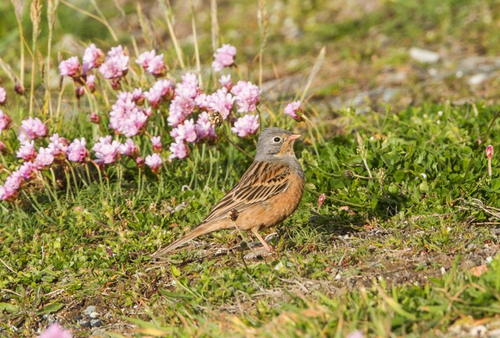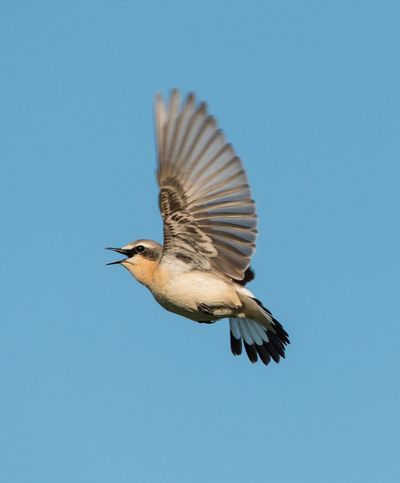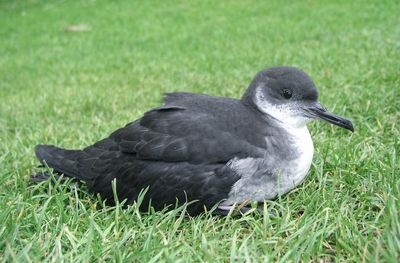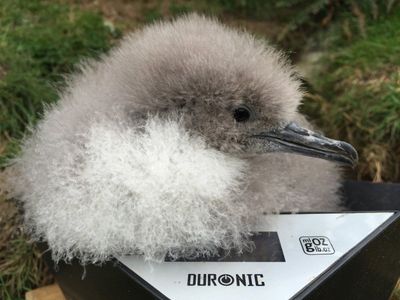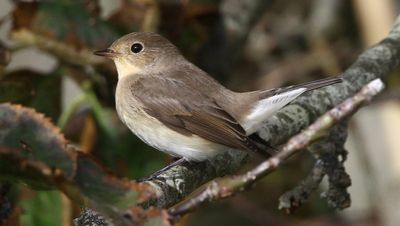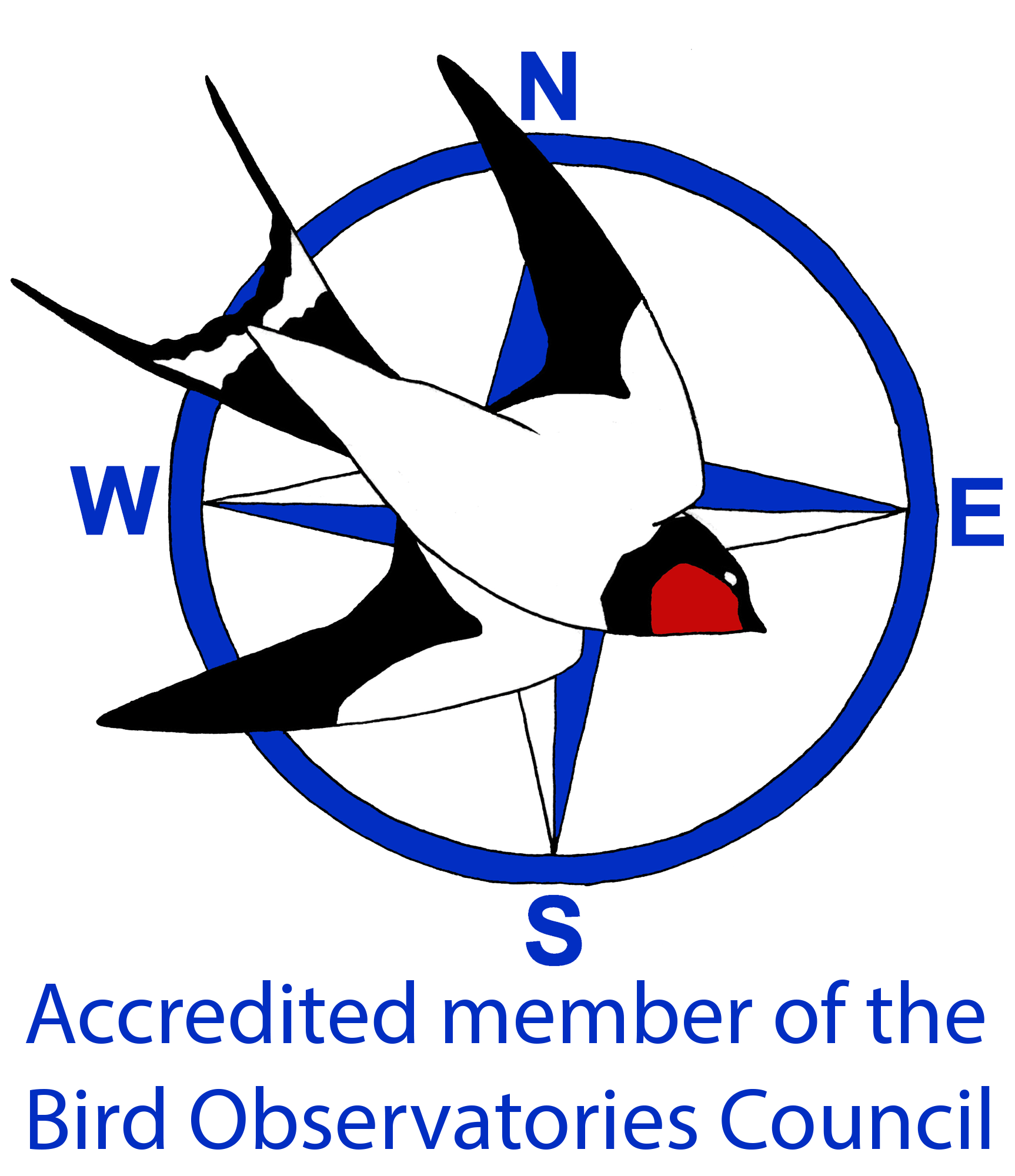When to visit
The best time to visit depends on your reasons for wanting come to the island.
Are you interested in birds, photography? Or perhaps you just want to get away from it all. If the latter then it's easy - any time is a good time! Although you may want to bear in mind that July and August are traditionally our busiest months so if you are looking for peace and quiet a visit in September or October is ideal.
Birds
Spring Migration
Spring migration starts in March and continues through to early June. Peak numbers are usually in April and May. Chiffchaff, Wheatear and Blackcap dominate in April while Sedge Warbler and Spotted Flycatcher peak in May.
Spring migration snippet
Mid-May through to mid-June is also the best time for rarities - although numbers of other migrants aren't always that large. In recent years spring rarities have included: Citrine Wagtail, Subalpine Warbler, Paddyfield Warbler and Blyth's Reed Warbler.
For a flavour of what spring migration can be like have a read of this snippet from the 2014 annual report.
Manx Shearwaters
This seabird is one of the reasons Bardsey is a national nature reserve - we reckon there are about 22,000 pairs breeding on the Island. They are also a very good reason to visit - to hear the night air filled with the sound of calling shearwaters is an experience not to be missed.
Shearwaters return to the Island in late March and are around until late September-early October when the last youngsters fledge. The best time to visit for a Manxie experience is April-July but make sure your visit coincides with a new moon - shearwaters only come ashore in good numbers on really dark nights - so you don't want a full moon.
Autumn Migration
Autumn migration goes on for a long time compared to spring. The first Willow Warblers and waders can be seen in July and thrushes and finches still come through in numbers in mid-November.
Autumn migration snippet
July and August see peak counts of Willow Warbler and Sedge Warbler. September and October are good for Blackcap, Whitethroat, Chiffchaff and Goldcrest. Finches also get going in October with good passage of Goldfinch, Chaffinch and Redpoll. Swallows and martins are also very much in evidence.
Auutmn is also the time for seawatching. Given the right conditions this can be a rewarding pastime and it's possible to see all four skuas, Sooty and Balearic Shearwater, Leach's Petrel and European Storm Petrel and Sabine's Gull.
Regular scarce migrants are too numerous to list but include: Barred Warbler Crossbill, Lapland Bunting, Wryneck, Ortolan Bunting and Icterine Warbler.
Recent autumn rarities have included: Pied Wheatear, Citrine Wagtail (in case you missed the spring bird) and Fea's Petrel.
There really is too much going on to try and list so have a read of this snippet from the 2014 annual report to get a flavour of what autumn can be like.
Cretzschmar's Bunting

